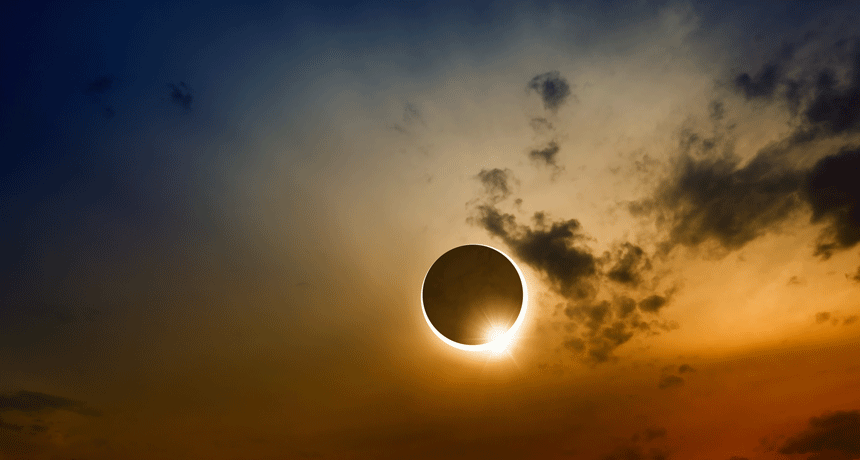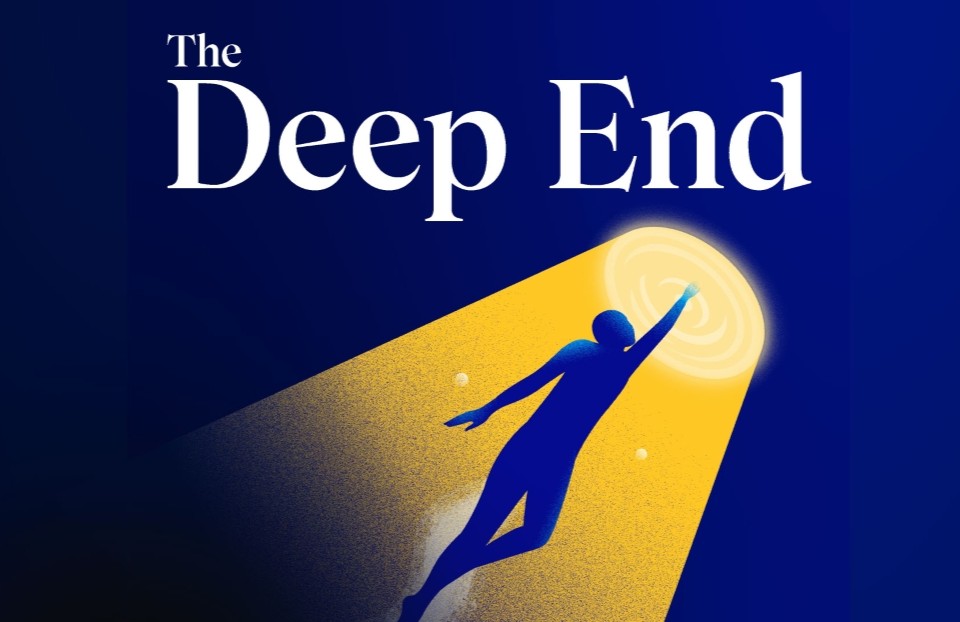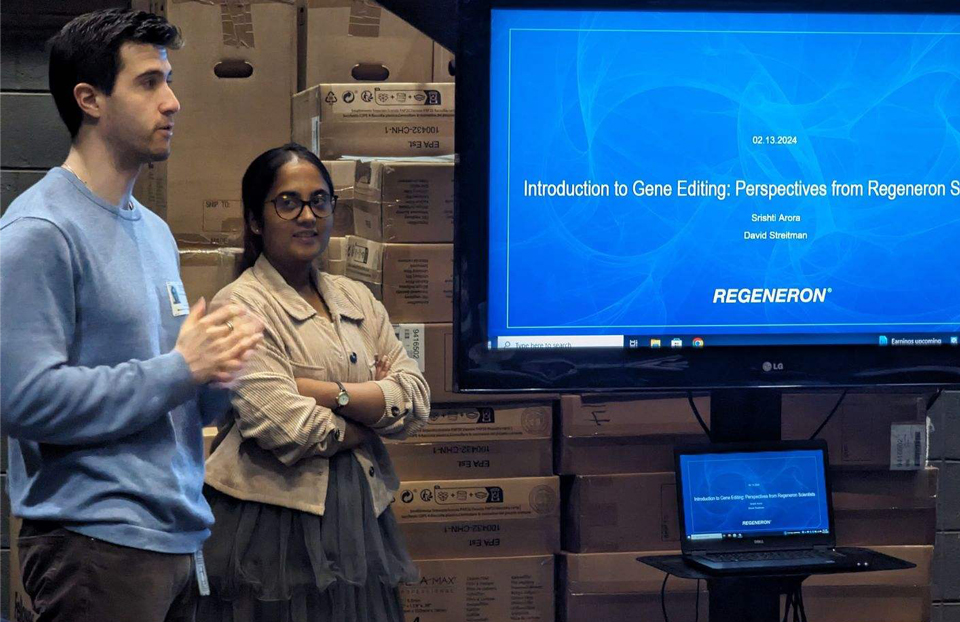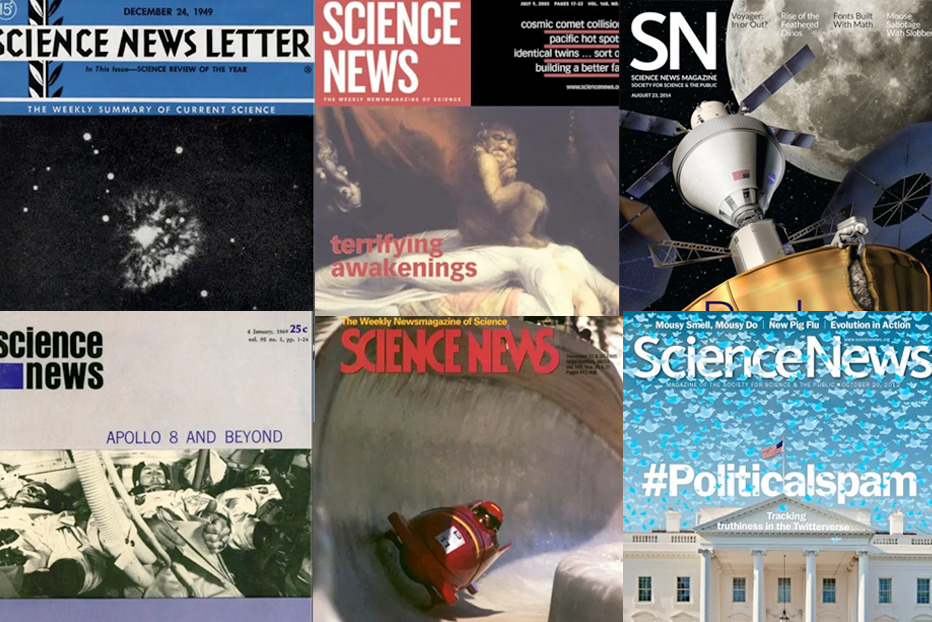Science News, Science News Explores, Science News Learning
Learn about the Great American Eclipse with Society for Science

On April 8, people in Canada, Mexico, Texas, Oklahoma, Arkansas, Missouri, Illinois, Kentucky, Indiana, Ohio, Pennsylvania, New York, Vermont, New Hampshire and Maine, along with small parts of Tennessee and Michigan will experience a total solar eclipse. This impressive phenomenon occurs when the moon completely blocks the sun, darkening the sky for several minutes.
Science News, Science News Explores and Science News Learning have all developed materials aimed at educating the public on how to safely view the eclipse.
Science News coverage
Science News has already published several stories about the eclipse. Check them out!
- Why the 2024 total solar eclipse will be such a big deal: Reporter James R. Riordan details what is so special about this eclipse.
- Here’s how citizen scientists can help during the 2024 solar eclipse: James R. Riordan provides a few ways that citizen scientists can help, including downloading the SunSketcher app to help determine the shape of the sun.
- During a total solar eclipse, some colors really pop. Here’s why: Reporter Tina Hesman Saey explains why some colors may look different during the eclipse.
And there is more coverage to come!
- Look out for videos on what knowledge we can glean from the eclipse, the effects on the Earth’s atmosphere and the behavior of animals during a total solar eclipse.
- Science News will feature tips from Maria Mitchell on observing an eclipse. Maria was the first American woman to discover a comet—her tips are just as relevant today as they were in the 1800s.
- Stay tuned for our last-minute guide for watching the eclipse.
- Science News astronomy writer Adam Mann will be in Dallas to provide live coverage of the eclipse and will also attend the Triennial Earth-Sun Summit immediately afterward.
- Planetary scientist Padma Yanamandra-Fisher, who is researching the differences between solar minimum and maximum phases, will be participating in a Q&A session discussing the eclipse.
Science News Explores coverage
Science News Explores has already released a wealth of coverage that will help students aged 9 and up to better understand the eclipse! Visit the Society’s solar eclipse page to access the full solar eclipse edition of Science News Explores.
- Get ready for the 2024 total solar eclipse: This story by James R. Riordan explains what is so special about this eclipse.
- This space physicist uses radios to study eclipses: Aaron Tremper interviews space physicist Nathanal Frissell, who is leading a worldwide effort to collect data during the solar eclipse.
- You can get involved in science during the 2024 solar eclipse: James R. Riordan highlights how amateur scientists can help with solar eclipse research.
- Scientists Say: Solar Cycle: Reporter Maria Temming explains a solar cycle.
Science News Learning activities
Science News Learning is excited to be one of the many groups participating in the Simons Foundation Solar Eclipse Project—In the Path of Totality. As a part of this initiative, a selection of schools participating in the Science News Learning program, situated in the path of totality, have been provided with free Solar Eclipse Experience Kits and other special resources.
The Solar Eclipse Experience Kit includes essential items such as eclipse glasses, a Celestron Eclipsmart Solar Filter for a 6” Schmidt-Cassegrain Telescope, a Celestron Starsence Explorer LT 80AZ Smartphone App-Enabled Refractor Telescope and a Yardstick Eclipse Activity Kit.
Science News Learning schools have also received a classroom activity titled “Prepare Your Community for the Eclipse.” This activity, available to all educators on the Science News website, guides students to learn more about eclipses. Through this activity, students will hone their scientific communication skills by creating a video about the upcoming total eclipse on April 8, 2024. Head here to see the activity and download the accompanying lesson plan and student worksheet.
Join the Society for Science and the Science News communities as we come together to celebrate this momentous event!


